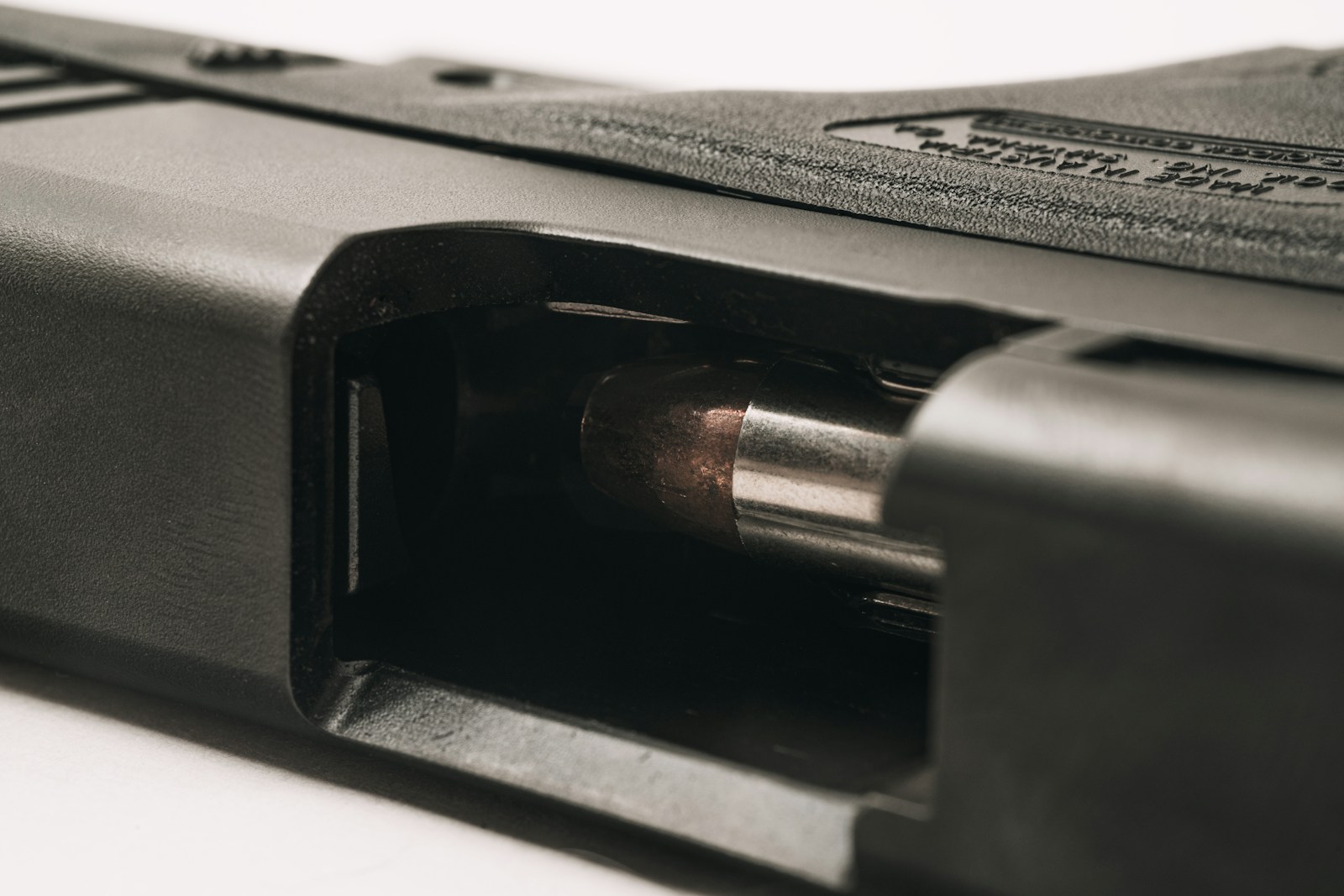In the realm of firearm maintenance, ensuring the longevity and optimal performance of your suppressor is paramount. However, encountering a suppressor that refuses to come apart can be a daunting challenge for even the most seasoned gun enthusiasts. Fear not, as we delve into the intricacies of cleaning a suppressor that doesn’t come apart, providing you with expert insights to keep your equipment in top-notch condition.
Understanding the Challenge
Identifying the Problem
Before diving into the cleaning process, it’s crucial to understand why your suppressor might resist disassembly. Common culprits include carbon buildup, fouling, and even thread issues. By pinpointing the root cause, we can tailor our cleaning approach for maximum efficiency.
The Methodical Approach
Supplies You’ll Need
To tackle the task at hand, gather the following supplies:
- High-Quality Solvent: Opt for a solvent designed specifically for firearms to break down carbon and fouling effectively.
- Cleaning Rod and Brushes: Ensure you have a sturdy cleaning rod and brushes suitable for your suppressor’s caliber.
- Protective Gear: Gloves and safety glasses are essential to safeguard yourself during the cleaning process.
Pre-Cleaning Inspection
Begin by conducting a thorough inspection of your suppressor. Check for any visible issues such as baffle strikes or damaged threads. Addressing these concerns before cleaning will prevent further damage to your equipment.
The Cleaning Process
Step 1: Soak in Solvent
Immerse your suppressor in a high-quality solvent, ensuring that it reaches all critical areas. Allow it to soak for an adequate amount of time, allowing the solvent to penetrate and loosen stubborn carbon deposits.
Step 2: Brushing and Scrubbing
Equipped with a suitable brush, scrub the exterior and interior of the suppressor vigorously. Pay special attention to baffles and threaded sections, as these areas tend to accumulate the most residue.
Step 3: Utilize Ultrasonic Cleaning
For an extra level of effectiveness, consider employing an ultrasonic cleaner. This technology utilizes high-frequency sound waves to agitate the solvent, reaching areas that may be challenging to access manually.
Step 4: Inspection and Reassembly
After cleaning, conduct a thorough inspection to ensure all residues have been removed. Once satisfied, proceed with reassembly, making sure to lubricate threads and moving parts appropriately.
Tips for Maintenance and Longevity
Regular Cleaning Schedule
To prevent the recurrence of a suppressor that won’t disassemble, adhere to a regular cleaning schedule. This not only ensures optimal performance but also extends the life of your equipment.
Proper Storage
Store your suppressor in a cool, dry place, away from extreme temperatures. Moisture and humidity can contribute to the buildup of residues, making disassembly more challenging over time.
Advanced Strategies for Optimal Suppressor Maintenance
Going Beyond the Basics
Advanced Cleaning Techniques
1. Media Blasting:
For persistent carbon buildup, consider media blasting. This technique employs abrasive media to remove stubborn residues without causing damage to the suppressor’s surface. Always use appropriate media to match the material of your suppressor.
2. Heat Treatment:
In extreme cases, heat treatment can be a game-changer. Heating the suppressor, followed by rapid cooling, can aid in loosening tenacious carbon deposits. Exercise caution and ensure your suppressor material can withstand temperature variations.
Thread Maintenance
1. Thread Lubrication:
To prevent future disassembly challenges, regularly lubricate the threads with a high-quality, anti-seize lubricant. This not only eases disassembly but also protects against corrosion.
2. Thread Chasing:
Periodically use a thread-chasing tool to clean and reshape the threads. This proactive measure minimizes the likelihood of threads seizing due to fouling or debris.
Troubleshooting Common Issues
Dealing with Baffle Strikes
1. Identification:
If you suspect a baffle strike, carefully inspect your suppressor for any signs of impact or deformation. Addressing this issue promptly is crucial to prevent further damage.
2. Professional Assessment:
For complex issues like baffle strikes, seeking professional gunsmith assessment is advisable. They possess the expertise to identify and rectify potential structural problems.
The Future of Suppressor Maintenance
Innovations in Cleaning Technology
1. Self-Cleaning Suppressors:
Keep an eye on emerging technologies in self-cleaning suppressors. These innovative designs aim to reduce the need for intricate disassembly, making maintenance a more streamlined process.
2. Advanced Materials:
As the firearms industry evolves, suppressors made from cutting-edge materials are becoming more prevalent. These materials resist fouling and corrosion, simplifying the cleaning process.
Conclusion
In the world of suppressor maintenance, adaptability is key. By incorporating advanced cleaning techniques, meticulous thread maintenance, and troubleshooting skills, you elevate your maintenance game to unprecedented levels. Stay attuned to emerging technologies, and embrace innovations that promise a future where suppressor maintenance is not just a necessity but a seamless part of firearm ownership.




